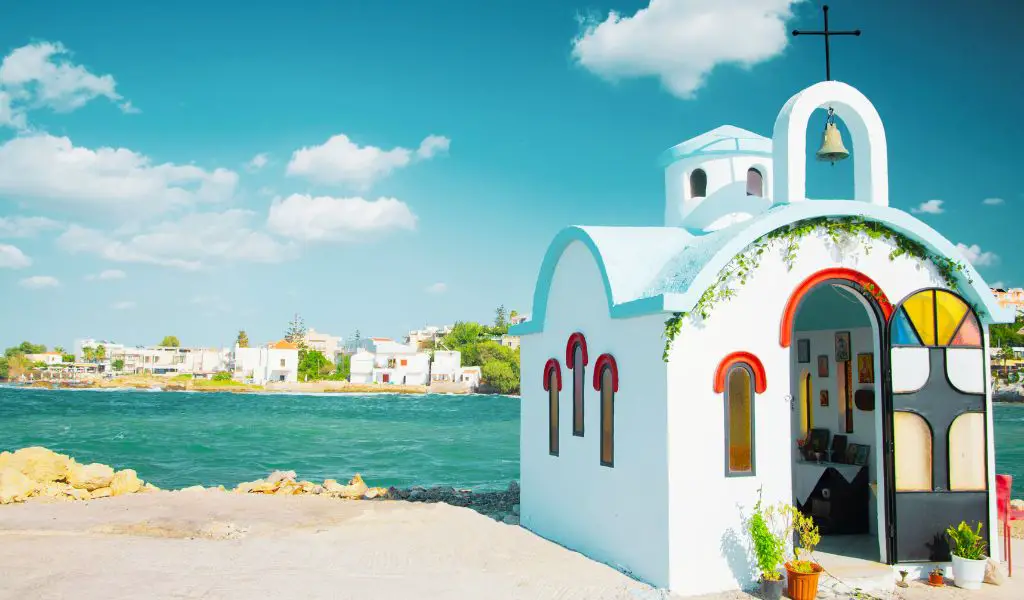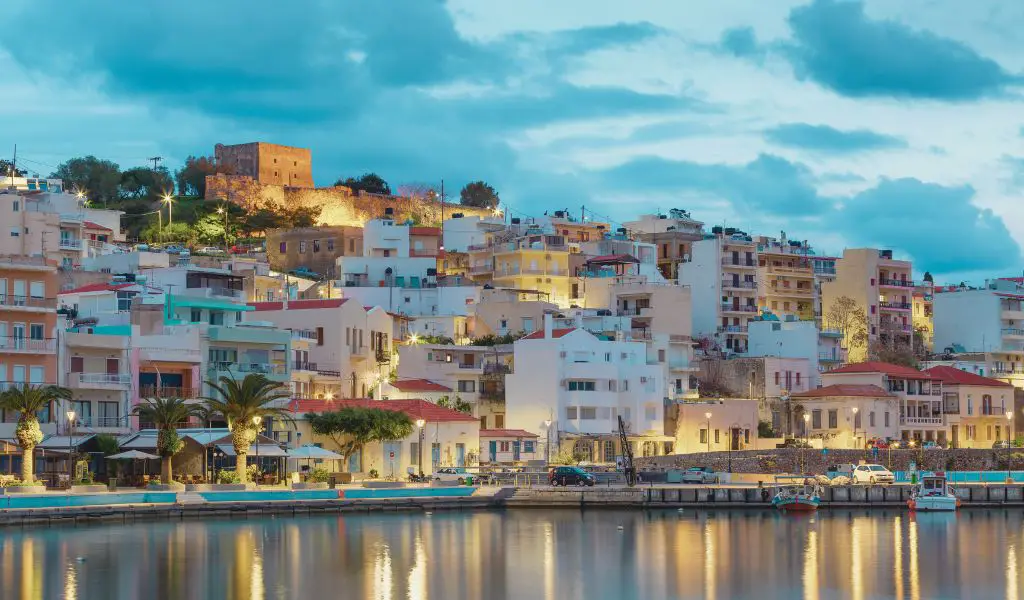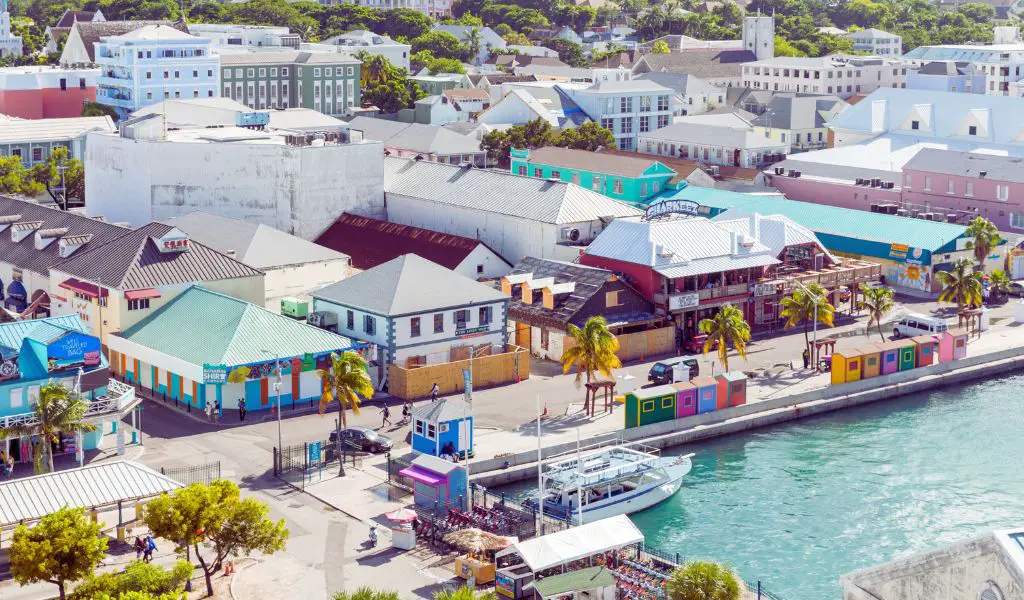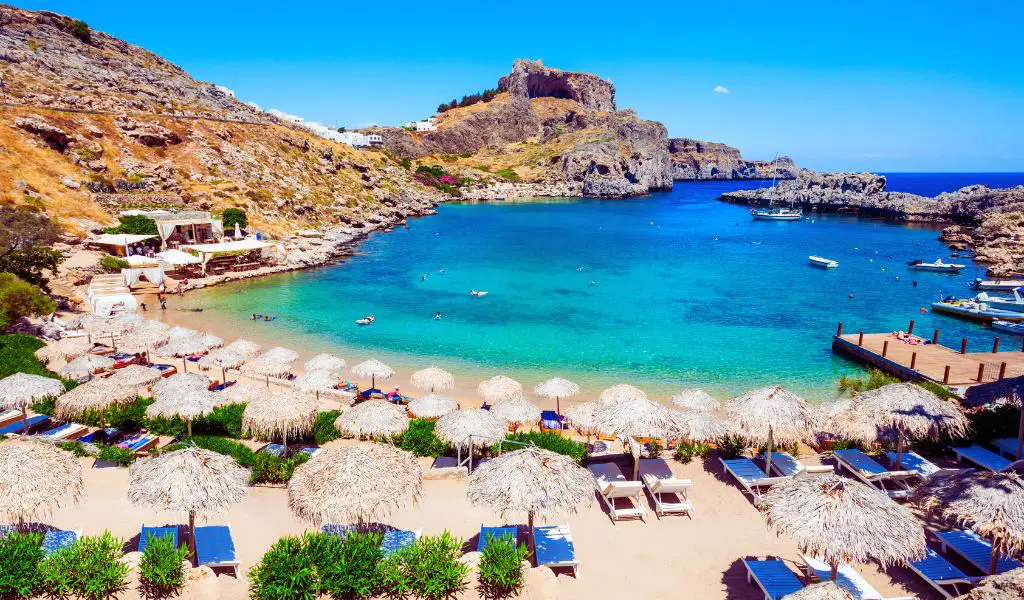Crete is the largest and most populous of the Greek islands, exuding an irresistible charm of natural beauty and vibrant culture. The island stretches over 260 kilometers from east to west, showcasing diverse geographical features from fine-sand beaches and dramatic cliffs to fertile plateaus and towering mountains. This diversity serves as a magnificent backdrop to a treasure trove of experiences that the island has to offer.
Geography
Crete is synonymous with stunning attractions, be it natural or man-made.
Notable natural attractions include the Samariá Gorge, a national park renowned for its majestic beauty and adventurous hiking opportunities, and Elafonisi Beach, famous for its pink sand and crystal-clear waters.
Crete’s man-made wonders are equally enchanting, like the Palace of Knossos, a symbol of the ancient Minoan civilization, and the old Venetian Harbour in Chania, brimming with history.
History
Speaking of history, Crete has an incredibly rich tapestry dating back thousands of years.
The island was the center of the Minoan civilization (2700–1420 BC), the oldest in Europe.
Visitors can explore this ancient civilization’s remnants in several archaeological sites across the island, including the aforementioned Palace of Knossos, Phaistos, and Malia.
The influence of subsequent rulers—Romans, Byzantines, Venetians, and Ottomans—is also visible in the island’s architecture and traditions.
Activities
As for popular activities, there’s no shortage on the island of Crete.
Hiking, snorkeling, and beach hopping are favorites among outdoor enthusiasts, while food lovers can explore the rich Cretan cuisine with its world-renowned Mediterranean flavors.
The island’s buzzing nightlife in cities like Heraklion and Chania and the traditional village festivals provide ample entertainment options.
Population
Crete’s population stands at around 635,000 as of 2023.
The island’s major cities, including Heraklion (the capital), Chania, Rethymno, and Agios Nikolaos, account for the majority of the population.
When to Go
The best time to visit Crete is between April and June or September and October, when the weather is pleasant, the crowds are less, and the sea is warm enough for swimming.
How to Get There
Crete is easily accessible via air and sea.
The island has two international airports—Heraklion and Chania—that connect with major European cities. Ferries operate from Athens’ port, Piraeus, to Crete’s primary ports in Heraklion, Chania, and Rethymno.

Highlights
Top highlights in Crete include exploring the Palace of Knossos, hiking through the Samariá Gorge, swimming at Elafonisi Beach, strolling around the old Venetian Harbour in Chania, and sampling local dishes like dakos and moussaka.
What You Should Know
English is widely spoken in Crete, especially in the tourist areas.
The island’s currency is the Euro. Despite its sunny weather, Crete can be windy, particularly on the beaches, so carry a light jacket.
FAQs
Is Crete safe for tourists?
Yes, Crete is generally safe for tourists with a low crime rate. However, like anywhere, it’s important to take basic safety precautions.
Do I need a car in Crete?
While public transport is available, renting a car provides the flexibility to explore the island at your own pace.
Are there any dangerous animals in Crete?
Crete is largely safe when it comes to wildlife. There are no venomous snakes, and the “Kri-Kri” (Cretan goat) is the largest wild animal you’re likely to encounter.





